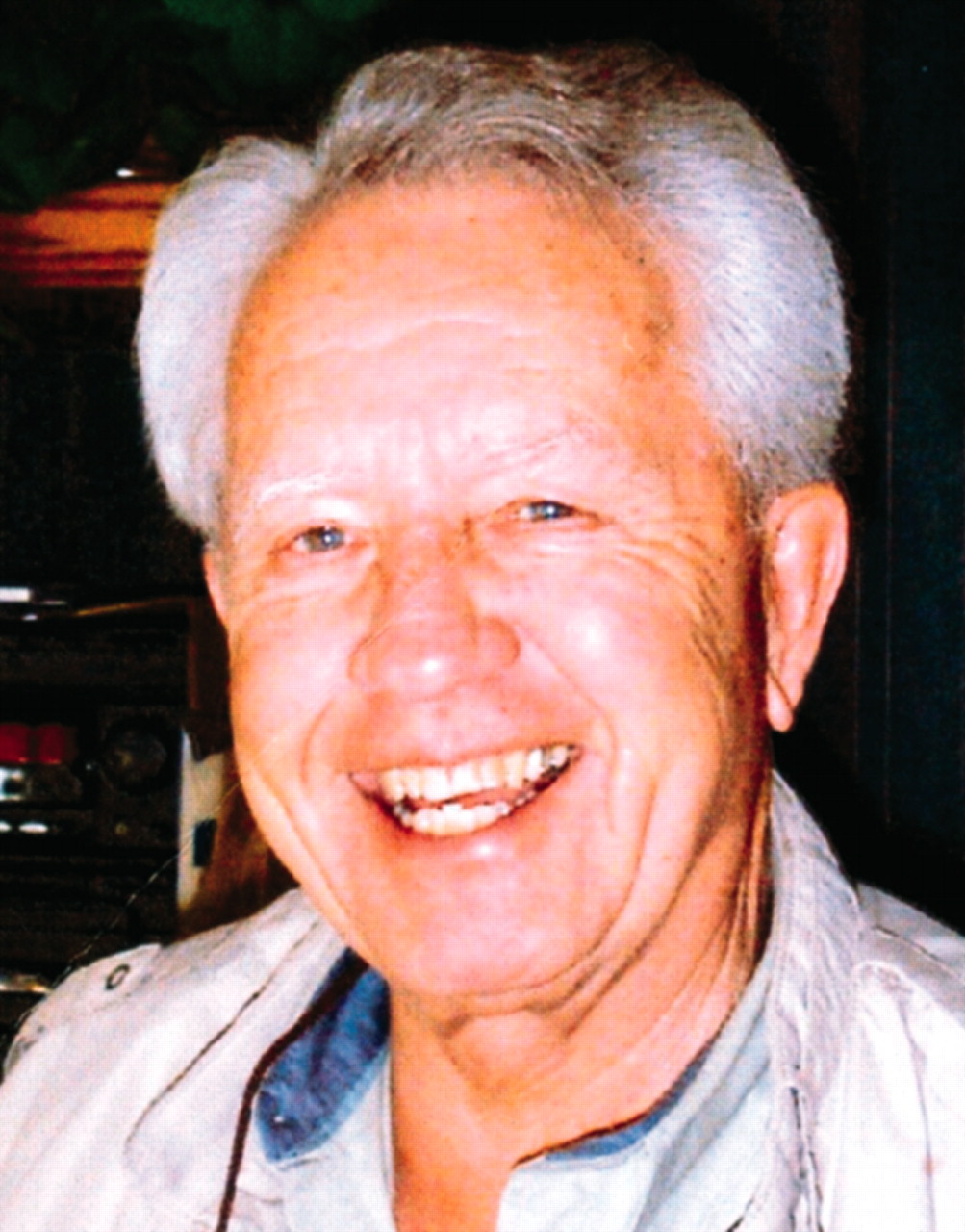Just out of internship in 1952, I spent three months at a large state hospital outside of Detroit. The orderlies were upset that I drank out of the patients' water fountain. On each of my three wards, both orderlies stayed locked in their station most of the time. They viewed their charges as subhuman—such was the wethey dichotomy they had developed to conceal from themselves the egregious neglect and abuse imposed on those poor wretches, due overwhelmingly to underfunding and understaffing.
I was given a caseload of 300, all chronically ill men. When I made rounds each morning, I was to examine the occasional physically ill patient. The orderlies were perturbed, however, when I went around and spoke to other patients. They lodged a complaint to the superintendent that I upset their wards by doing examinations on all of the patients. There had been almost no doctors' notes in my patients' charts for two-and-a-half years. Hard to imagine!
After conducting a quick physical, I would apply my then-meager diagnostic skills to doing a mental status examination. Nearly half of my patients carried a diagnosis of general paresis of the insane, due to tertiary syphilis. I could not tell the difference between those patients and the ones with schizophrenia. At that time, it didn't matter anyway—no treatments were available for either condition.
Almost all of my patients were flagrantly delusional or actively hallucinating. I remember one Ph.D. chemist who spent every hour vigorously going through magazines, marking the many references that fed into his delusional system. He liked me so long as I listened uncritically to his weird explanations, but once when I challenged him, he screamed at me. After that he would hiss at me every time he saw me, expressing his fury at me for challenging his interpretations. This was a valuable lesson I never learned well enough about the potential consequences of questioning the cherished beliefs of others.
Most of the medical staff were residents. They spent their afternoons going to Detroit for their five-hours-a-week personal psychoanalyses, a prerequisite to becoming psychoanalysts themselves. My own work was usually finished by noon or early afternoon, and I would often play golf with the“ pro” who managed the hospitals's golf course. I was not a reformer, not a crusader—just getting by until I was inducted into the Navy.
In those days, Freudian psychoanalysis was de rigueur, both in psychiatry and with the country's artistic elite. There were few respectable alternatives for residency trainees in psychiatry. Electroshock therapy had been given to a few depressed patients and even to schizophrenia patients. For outpatients, however, psychoanalysis and “psychoanalytically oriented psychotherapy” were the preferred treatments—cure-alls for every patient, including many who were basically well but could afford those enriching incursions into their “unconscious.”
Free association, dream analysis, and analysis of the transference were the three-pronged approach to understanding the unconscious mind. Resolution of the Oedipus complex was the ultimate goal. The psychoanalytic literature was replete with colorful psychodynamic explanations for all mental illnesses—for the schizophrenias, manic-depressive illness, the neuroses and character disorders, and a large array of supposed psychosomatic disorders, such as diabetes.
The organization of staff and patients of most state hospitals was a strict feudal system in those days, with the superintendent living in a large house on the grounds, attended by patient-servants. Other permanent medical staff also had houses and servants.
The patients were, of course, the lowest in the social hierarchy—the peasants. In the 1950s state hospitals often had elegant arboretums on grounds; many had large herds of livestock and acres of vegetable gardens and orchards, cared for by patients doing “occupational therapy.”
And as far as the public was concerned, in that psychiatric stone age, merely 50 years ago, patients were “out of sight, out of mind.” Fewer than a third of patients ever left, except feet first. Newspapers didn't assign investigative reporters to uncover the true state of patient care. Pandering politicians perceived the public's apathy, or even antipathy, toward the insane, and funding was cut to the barest minimum. Dr. Karl Menninger was one of the few activist reformers of that era.
Around 1955, chlorpromazine became available for a limited number of schizophrenia patients in state hospitals. Psychiatry then began to make valuable use of a brilliant research tool, the double-blind study. Suddenly, psychiatry could begin to put its treatments on a solid scientific footing, and did so with considerable success. Psychiatry still has much yet to achieve, but I hope that my younger colleagues will see what a long, long way their profession has traveled in half a century.
But how will psychiatry look 50 years from now? How will we view the multitudes of severely mentally ill people who are now homeless, granted the freedom to self-destruct? the underfunding of psychiatric care for the indigent? incarceration of mentally ill persons in jails and prisons? and genetic determinants of mental illness? Will those situations seem as appalling 50 years from now as conditions of the 1950s appear to us today?
What riddles will neuroimaging have answered by that time? I can only wonder. ▪

